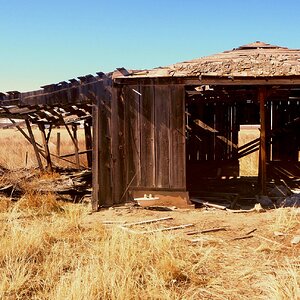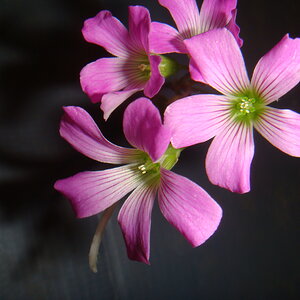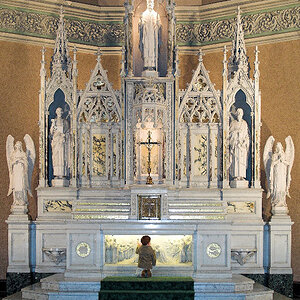fotophia
TPF Noob!
- Joined
- May 12, 2006
- Messages
- 339
- Reaction score
- 0
- Location
- Manchester
- Can others edit my Photos
- Photos NOT OK to edit
i thought it would be best to put it here
Is it possible to make you own film? like they did back when it was first invented and such.
I had a trawl on the internet but it just kept throwing up stuff that didnt match. Its more random curiosity. Ive been looking at all the first ever photos and such at making film and a makeshift camera and making someone sit and pose for ages. Just to sort of have a feel for what they had to do and how many attempts it must have took etc..
is there still film out there you can buy that takes like 5mins to expose etc??
im really just looking for info on re-creating the first ever photography.
All info on repeating the process in some way would be appreciated.
Thanks
Is it possible to make you own film? like they did back when it was first invented and such.
I had a trawl on the internet but it just kept throwing up stuff that didnt match. Its more random curiosity. Ive been looking at all the first ever photos and such at making film and a makeshift camera and making someone sit and pose for ages. Just to sort of have a feel for what they had to do and how many attempts it must have took etc..
is there still film out there you can buy that takes like 5mins to expose etc??
im really just looking for info on re-creating the first ever photography.
All info on repeating the process in some way would be appreciated.
Thanks




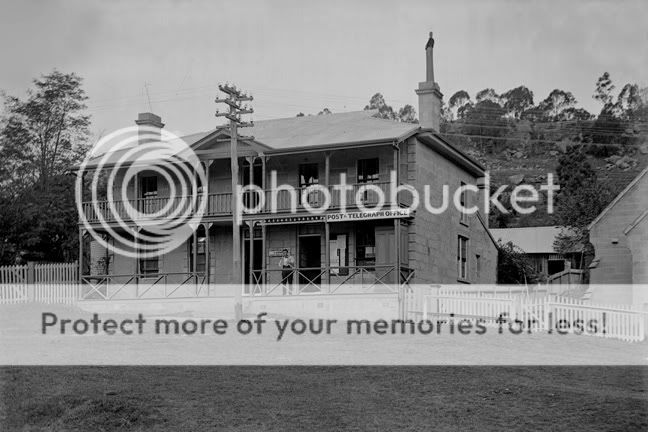

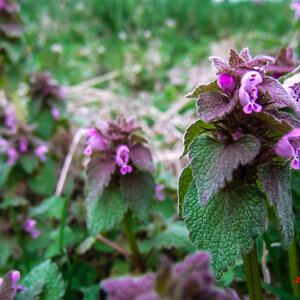
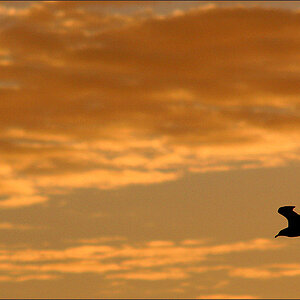
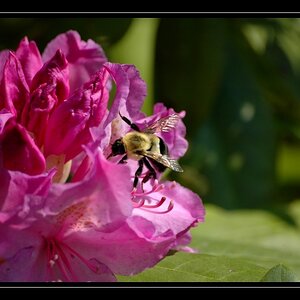

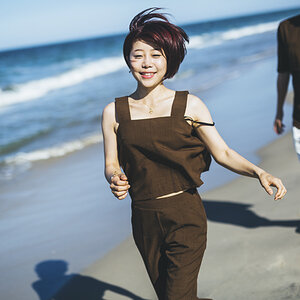
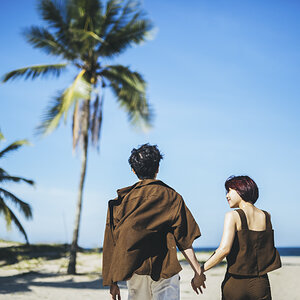
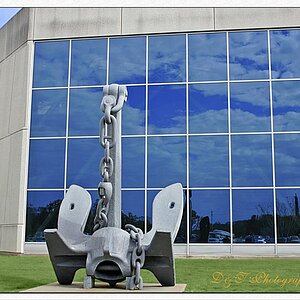
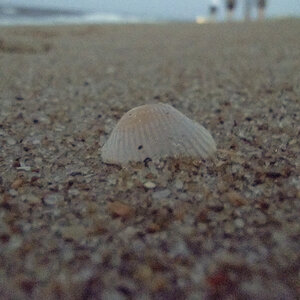
![[No title]](/data/xfmg/thumbnail/32/32710-b10dfc8ee698235cdc1e7572139173e8.jpg?1619735614)
